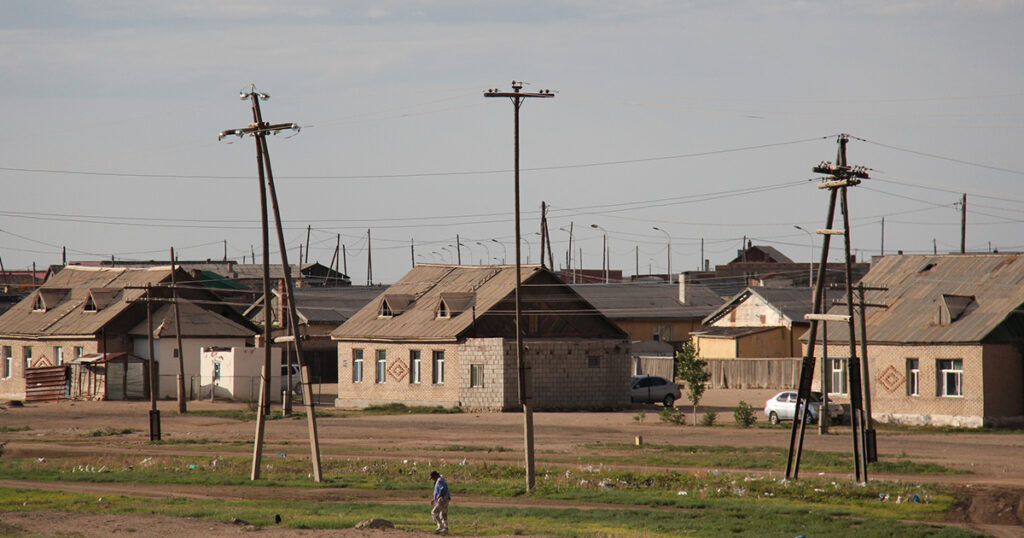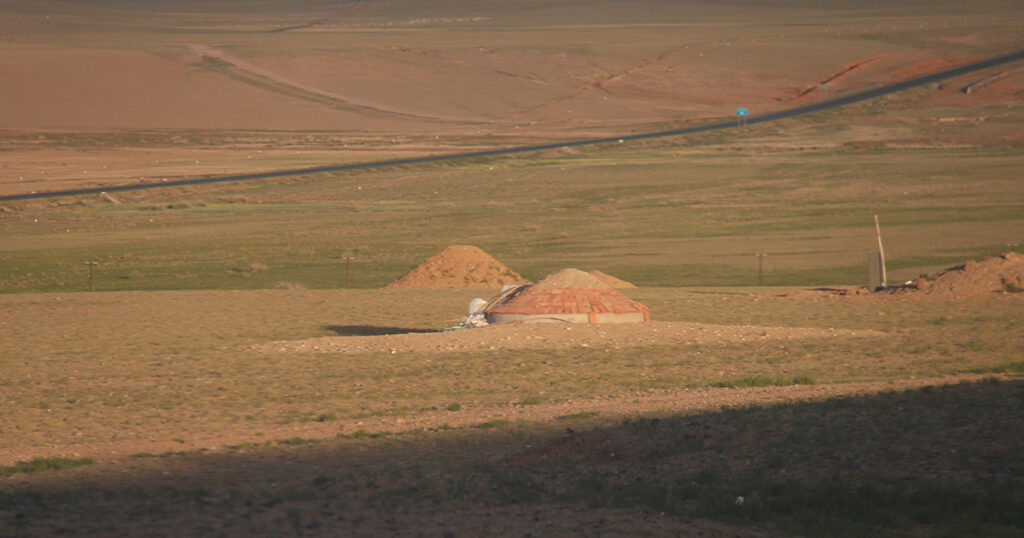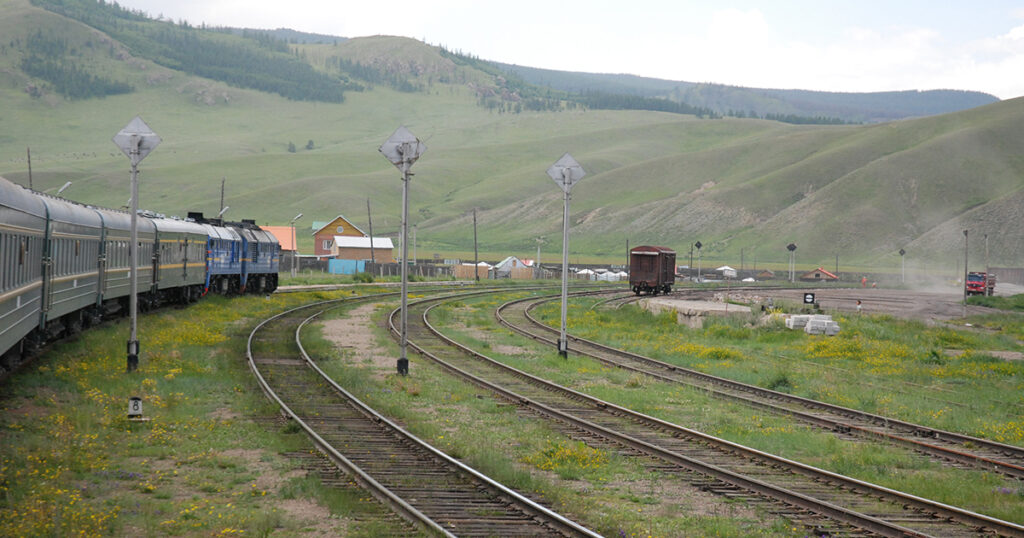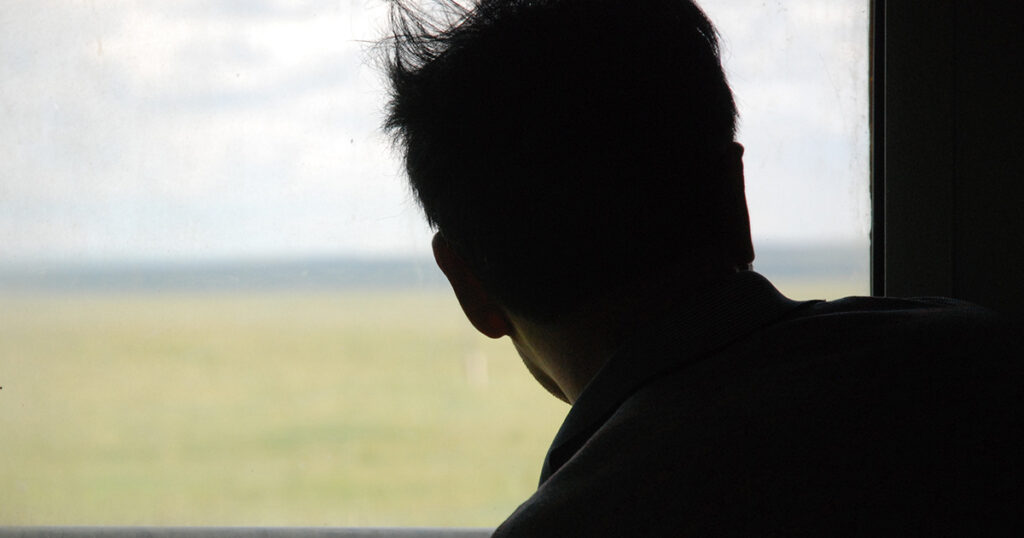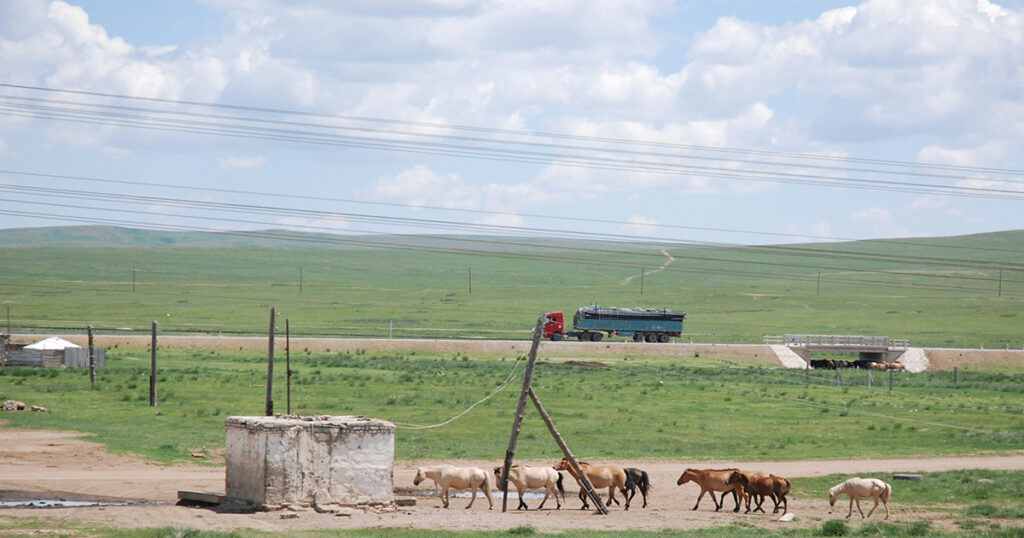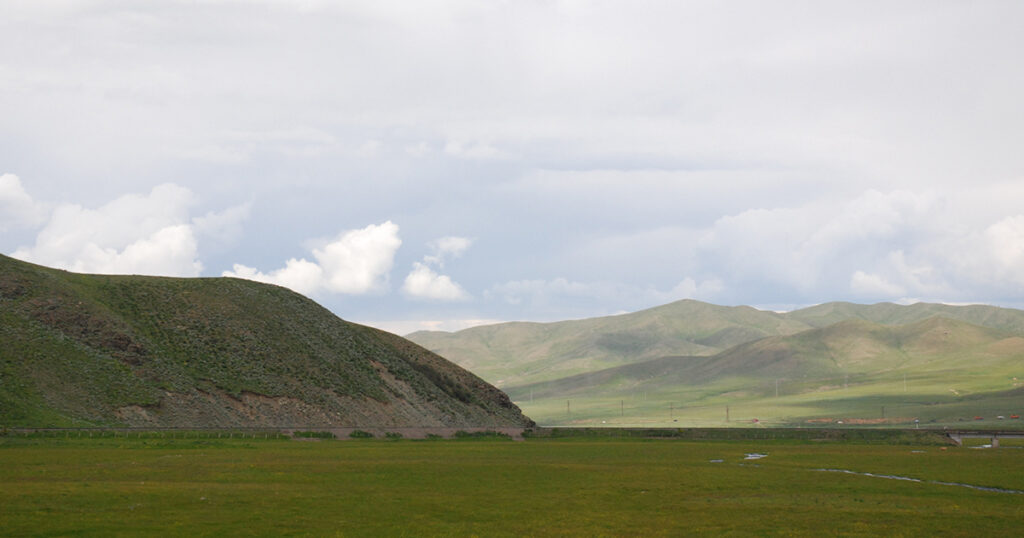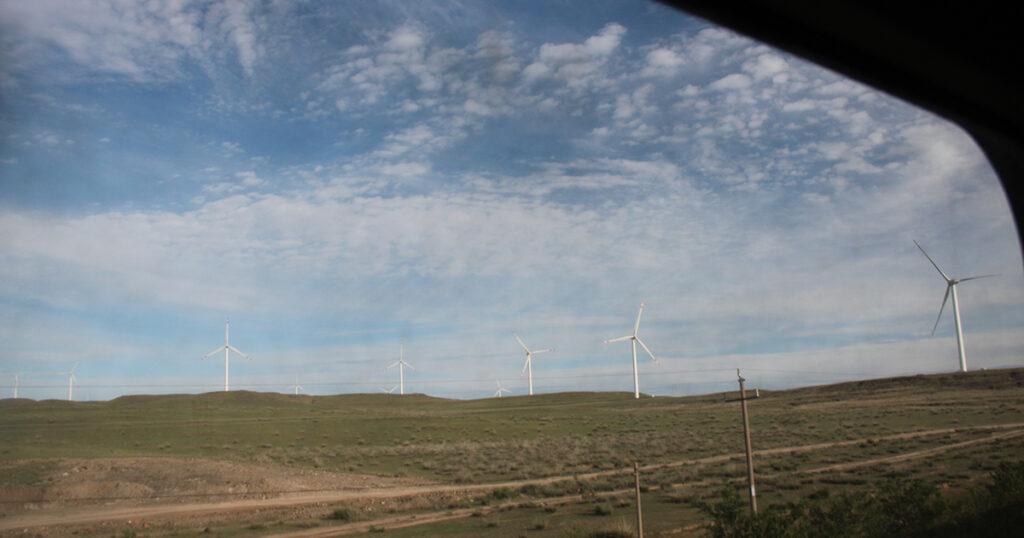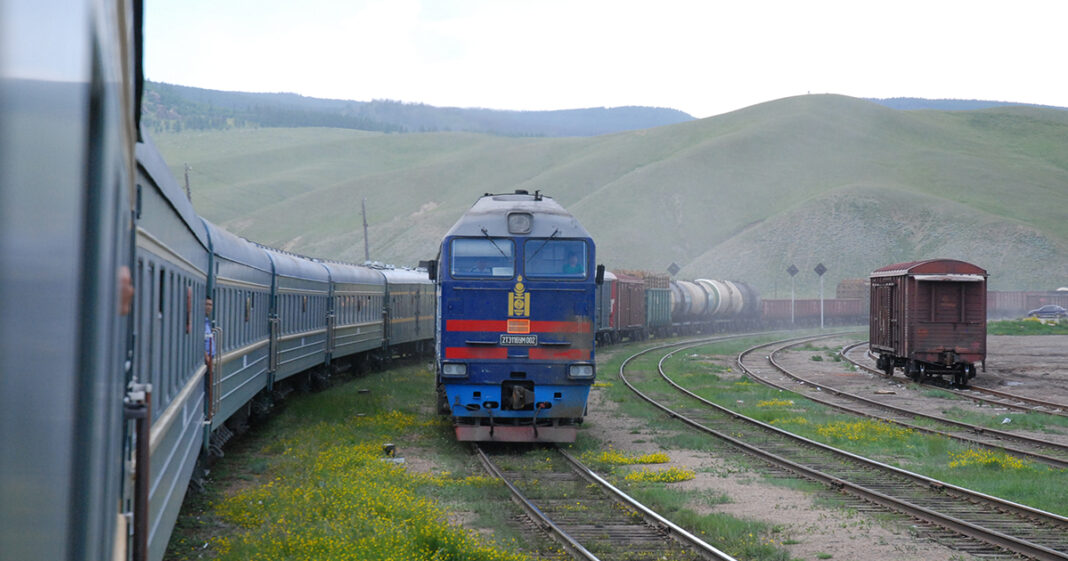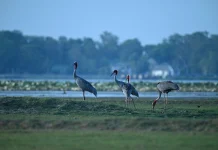“Nobody goes to Mongolia for the food,” notes the open-sourced digital guidebook Wiki Travel, and the hours we spend on the Trans-Mongolian Railway underline the truth of this statement. The food served in the Restaurant Car is cold, and the beer is warm. We turn up at the restaurant in the morning, and the carriage is empty. A hot coffee is out of the question. Bottled water is not available, and neither the power of US dollar bills nor the Chinese Yuan is going to change that.
But no one is crying for the Orient Express. We’re on the Trans-Mongolian Railway, after all—the journey nearly everyone wants to experience. We are more than happy to board our carriage and savor the trip from Beijing to Ulaanbaatar.
“I’ve heard so much about the Trans-Siberian Railway that runs from Moscow to Vladivostok,” says Auyporn, a fifty-something woman who is one of my travel companions. “But I’m not so sure I can handle a journey that long. So, I decided to take a slice of it.”
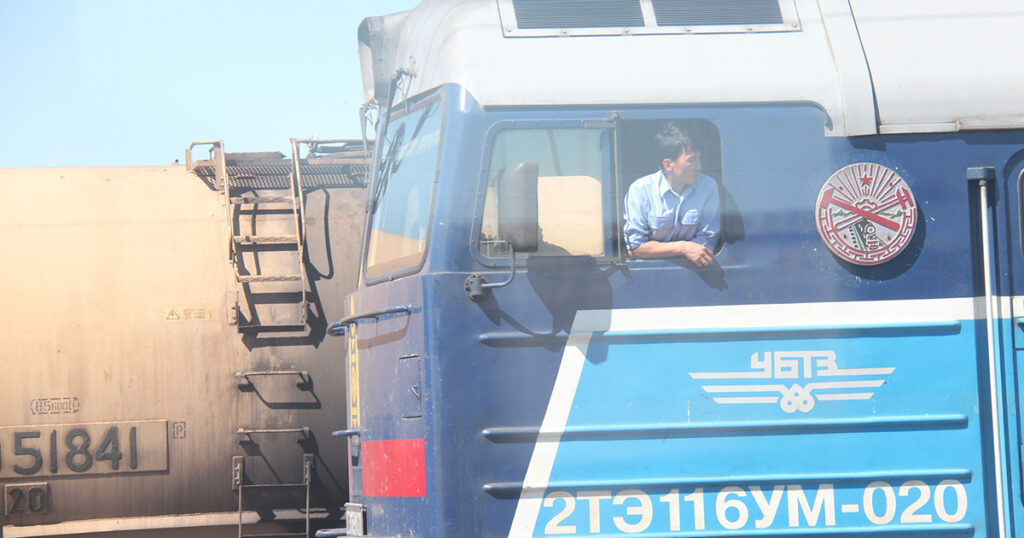
That slice of the world’s greatest train journey demands Auyporn to sit hour after hour as the tracks carry her from Beijing to Ulaanbaatar, from one side of the Gobi desert to the other. Auyporn could, of course, easily travel Business class from Beijing Capital International Airport to Chinggis Khaan International Airport or anywhere in the world – but like all of us on this trip, she loves the romance of the rail.
Part of the Trans-Siberian Railway Network, the Trans-Mongolian railway connects Ulan-Ude in Russia with Beijing in China via Ulaanbaatar in Mongolia. The journey of more than 1500 kilometers linking Beijing with Ulaanbaatar surely offers the ultimate in eye-candy, offering the chance to witness the vibrant cities of China and the empty steppe of Mongolia.
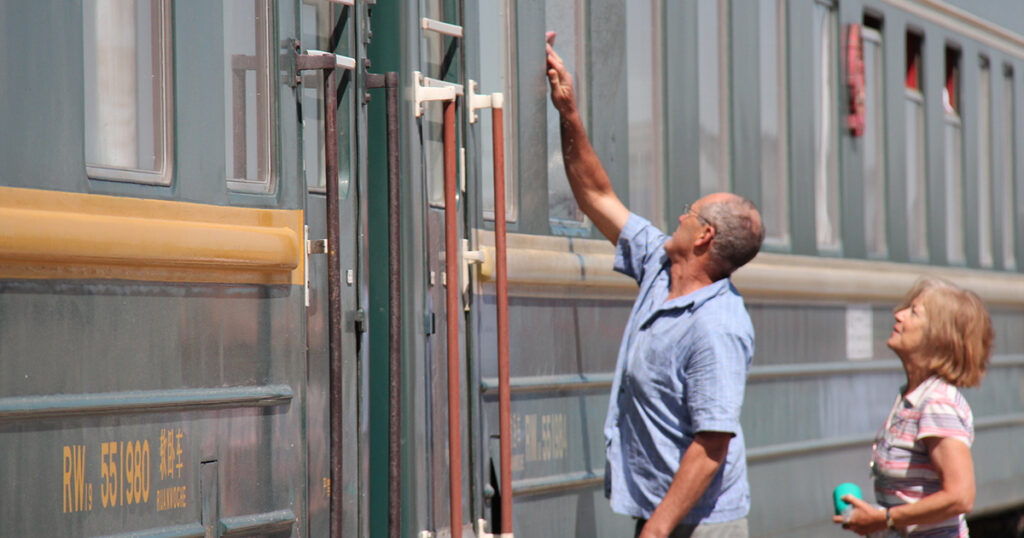
Our adventure begins rather inauspiciously at Beijing Railway Station, as we brave long lines of people in our search for the dark green carriages of train number K23. Cheerful young backpackers, their hands full of snacks and drinks, pose for selfies in front of the information board written in three languages – Mongolian, Chinese, and Russian. A Chinese guard ushers us on board, and at exactly 11.30 am, the train starts to slowly pull out of the station.
K23 is a real working iron horse. With three classes of carriages (deluxe, soft, and hard sleepers), the train departs Beijing every Tuesday and Saturday for Ulaanbaatar.
Our deluxe-sleeper in carriage No. 5 is the best of its kind. Designed for two sharing, it’s equipped with an air-conditioner, a shower room, a small table, and bunk beds – lower and upper. I climb to the upper bed, giving Am – my roommate – the luxury of the lower bunk. The compartments give out onto a corridor with windows that actually open. Like a hotel lobby, the corridor is the place to gather.
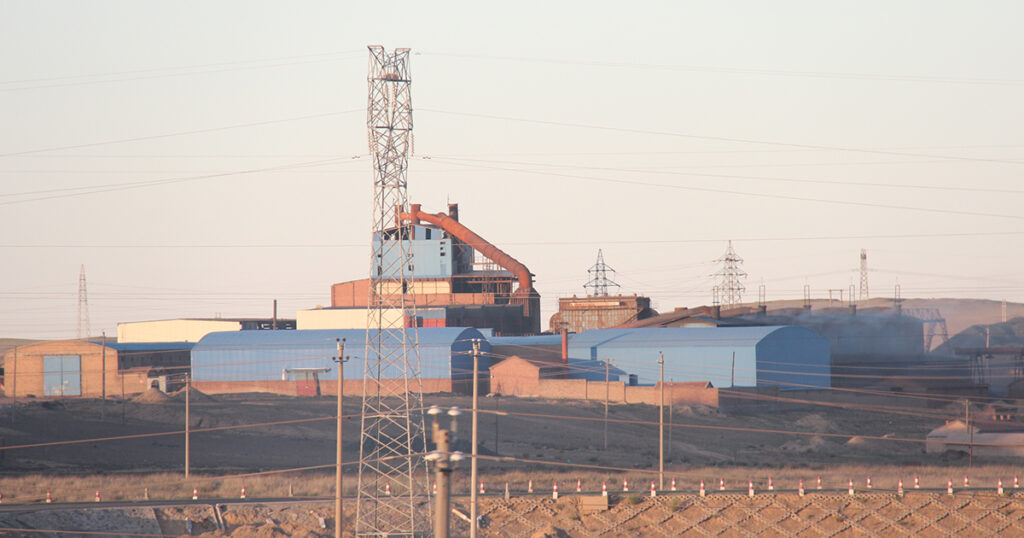

On the first part of the journey, 842 kilometers from China’s capital to Erlian in Inner Mongolia, we get an idea of just how vast China is. Vibrant cities give way to hectic outskirts and coal-fired power plants. After a few hours, bored with seeing new Chinese towns, I retreat to my berth. When I wake after an afternoon nap, K23 is crossing the endless steppe at full speed. Everyone gathers in the corridor and enjoys the amazing openness and blue skies over the empty steppe.
Actually, it’s about time for a drink. I walk to the restaurant car only to find out that I’ve made a big mistake. I should have stocked up on beer at Beijing Railway Station. Here the beer is expensive and warm. A small can of Heineken is priced at 15 yuan (Bt77).
With a warm beer in one hand and a cigarette in the other, I lean against the smelly iron wall and watch the great steppe rolling by.
Built between 1949 and 1961, the Trans-Mongolian line stretches 2,215 kilometers, connecting two large communist countries. Over the years, countless travelers’ tales have sprung up: Of strange bonds between different nationalities gathered at the end of a compartment sharing the last drop of vodka and cigarettes, as well as stories of spies and princes.
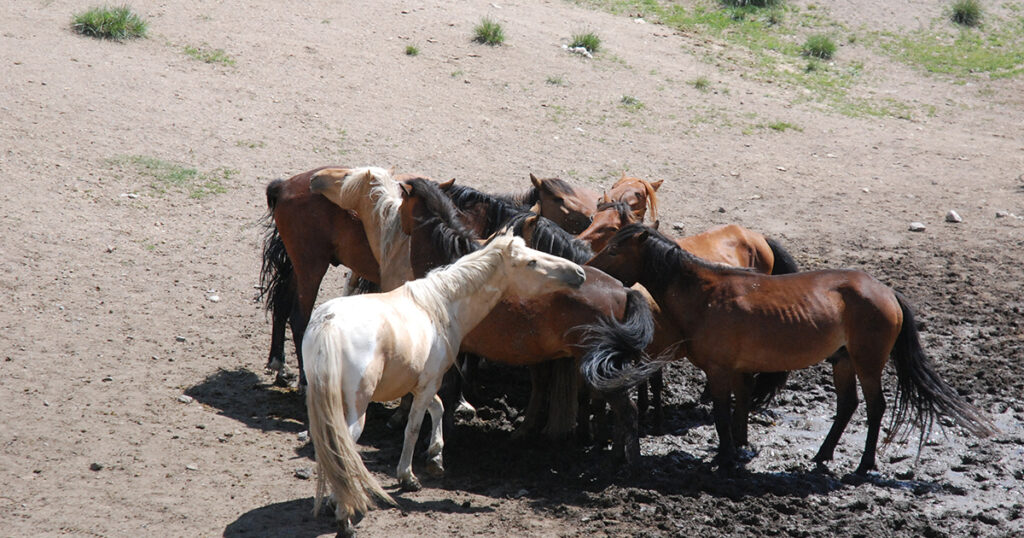
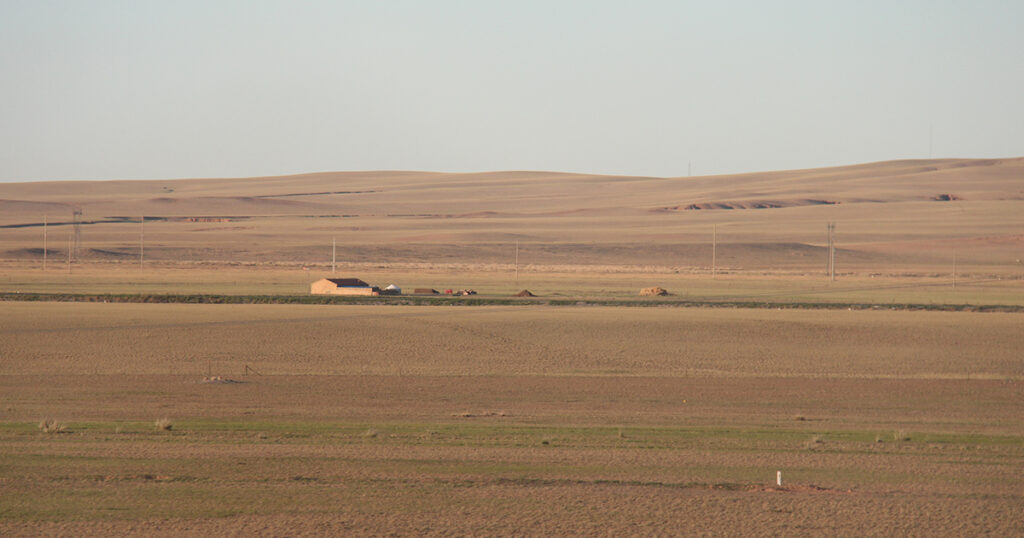
“Are Mongolians polygamous? Marco Polo said they were,” I ask Pornchai, our Chinese guide, as the train rattles past a ger, the Mongolian yurt, and the herd of horses roaming the steppe outside.
“You will find out at the end of the track,” Pornchai replies with a grin.
But the end isn’t about to arrive. K23 arrives at Erlian Station on the Chinese border around 10 pm, then stops for three hours for gauge and wheel change and customs checks. It appears that China and Mongolia are in competition to see who will win a prize for the most annoying border service. I vote for the Mongolians, as they “drag” me from the upper berth only to ask, “Do you understand me?”
“Yes, I understand your question,” I reply to the portly female customs officer, “But I don’t know what you want.” It turns out she wants to know if I have anything to declare.
“No, I don’t. I travel with just 300 Yuan,” I tell her. But she doesn’t believe me. She demands a luggage search and tells me to take off my shoes. I don’t bother telling her that I stopped hiding money in my shoes since a scruffy pair was stolen on an Indian train to Varanasi 10 years ago. She is happy at last and leaves. The Mongol wins.
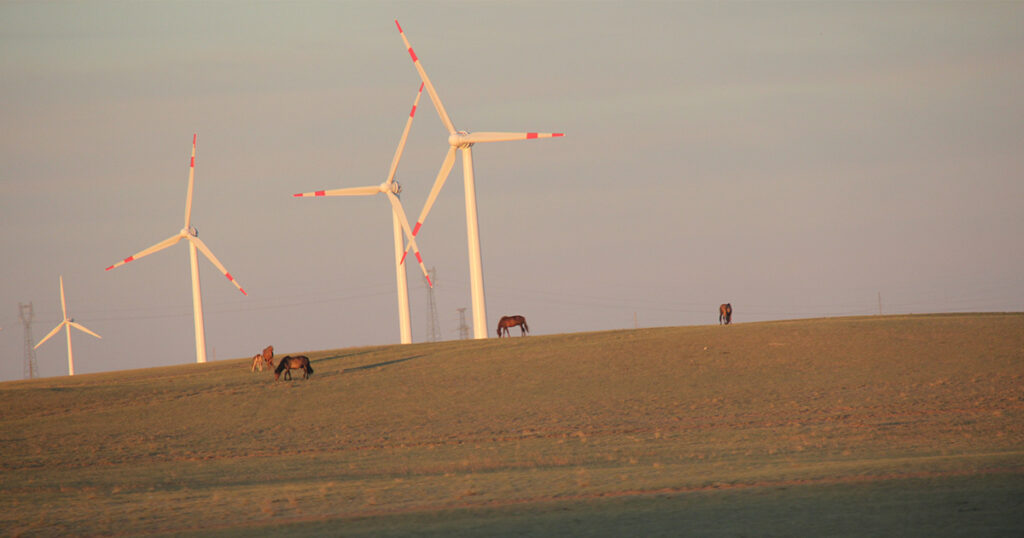

The mighty K23 continues at great speed through the night, following the old trade route between Beijing and Ulaanbaatar. We wake up somewhere in southern Mongolia and immediately notice the changes.
Chinese signs are replaced by those in Cyrillic script. Chinese mud-houses with courtyards make way for gers and small, Russian-styled cottages. What doesn’t change is the vast expanse of steppe and the blue sky.
In the afternoon, the train begins to climb uphill. Reaching the top, it starts its way back down, winding its way along a twisting section of track through large fields of wildflowers. We occasionally stop at a small station in the middle of nowhere, with picturesque valleys and isolated villages, waiting for the incoming train to get on the right track.
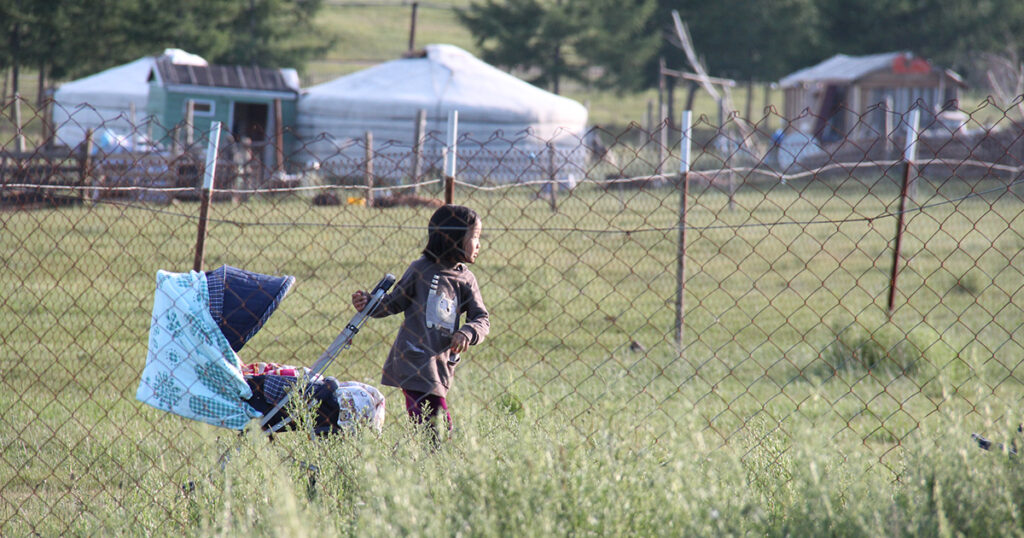
We know we’re close to Ulaanbaatar when we see the households scattered around the hills. The gers give way to condominium blocks, and the horses are replaced by luxury SUVs like Toyota Land Cruisers and Jeep Wranglers.
K23 completes its 1,551-kilometer journey, coming to a stop at Ulaanbaatar Station at 2.20 pm. Now, it’s time for a cold beer, I tell Pornchai.
